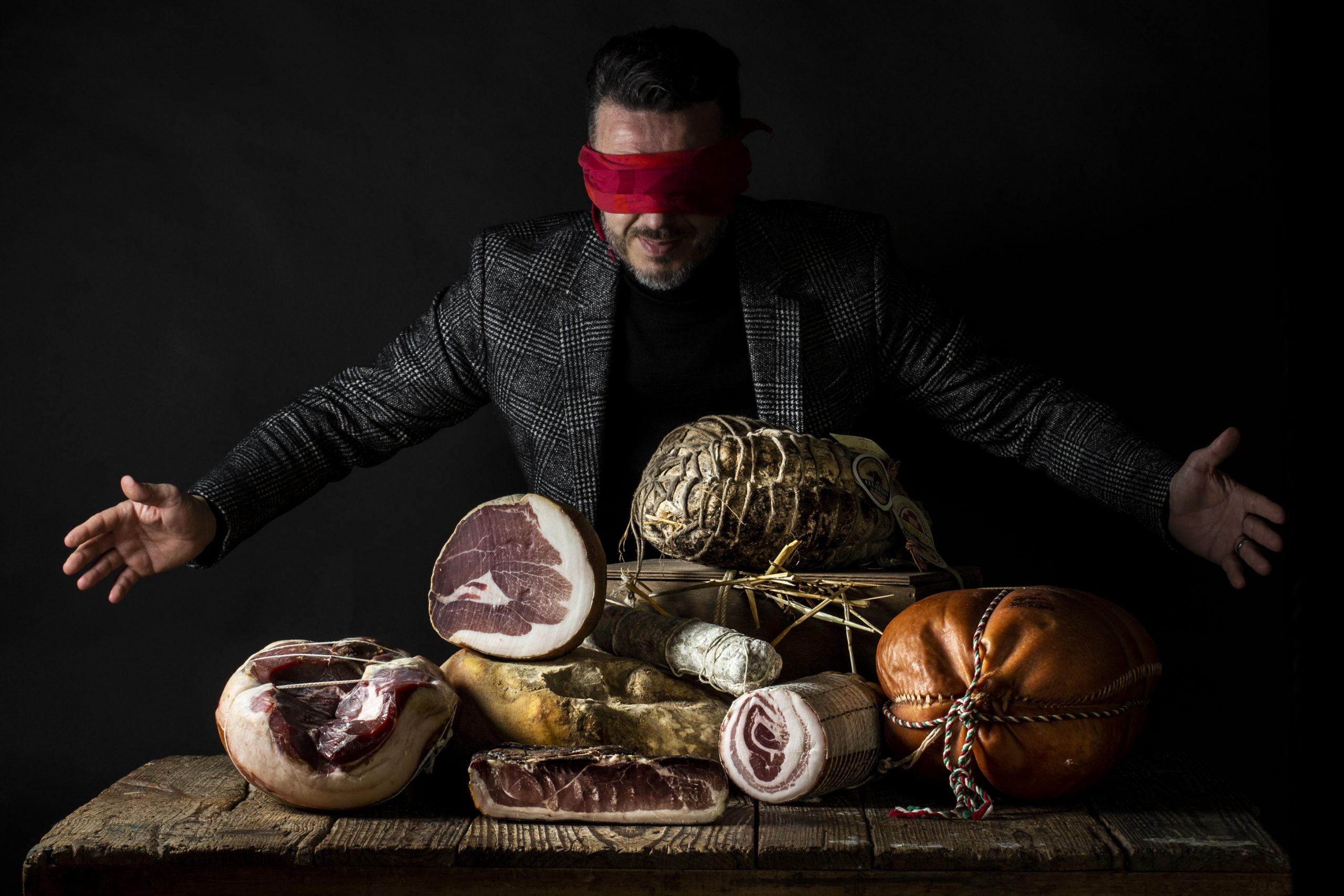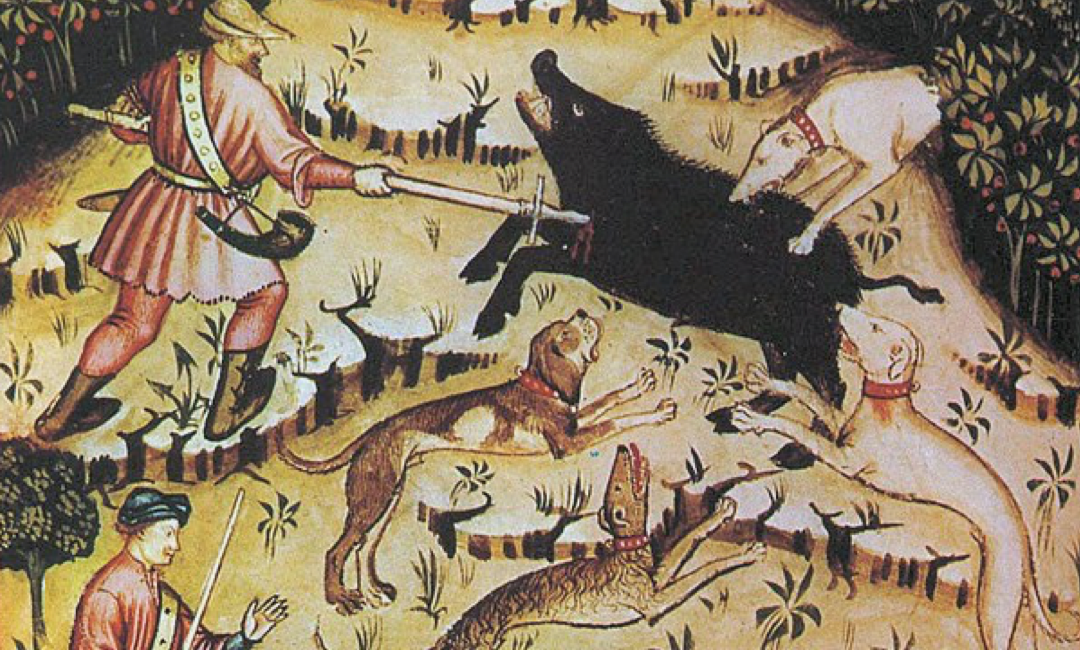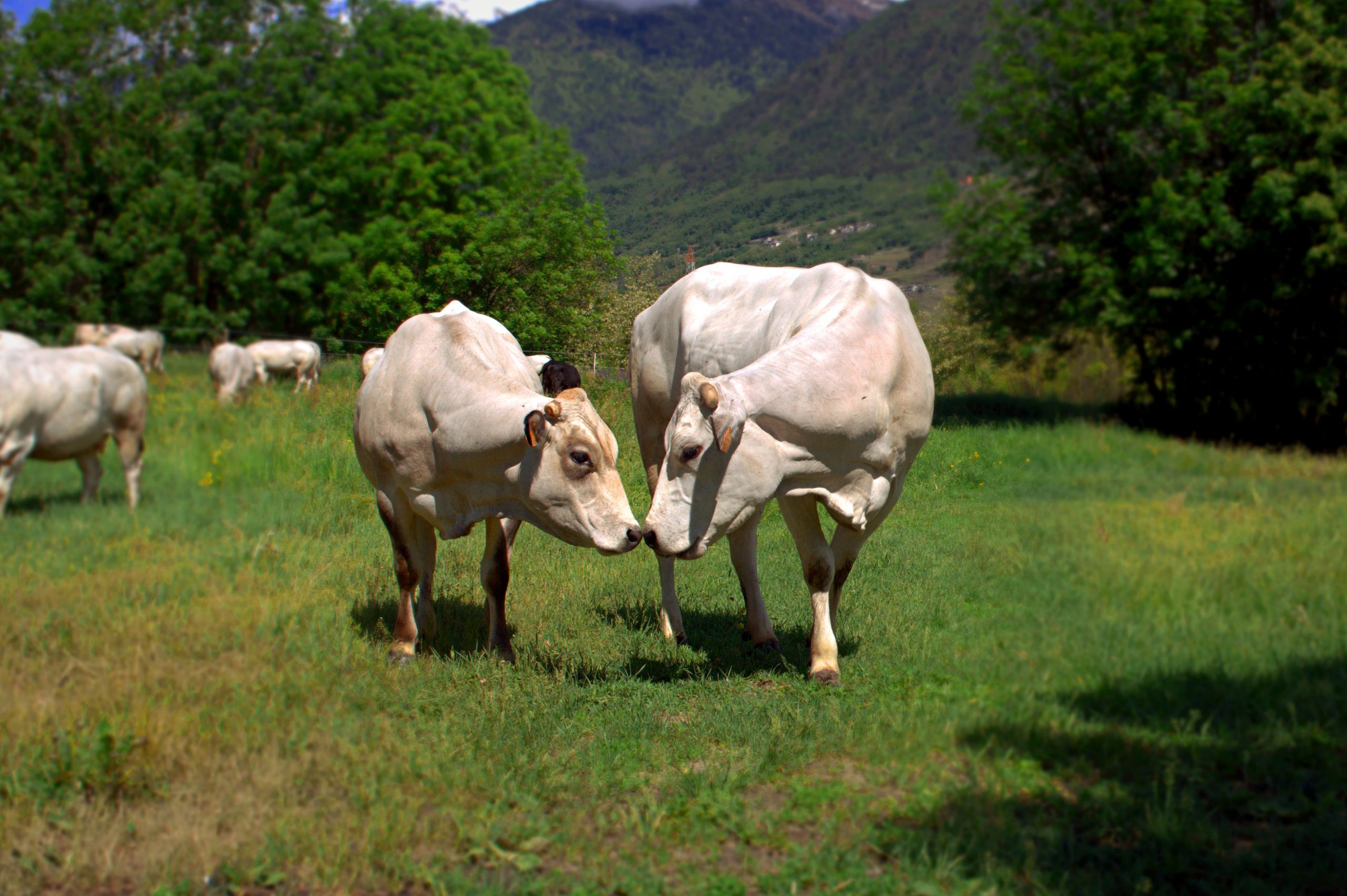
PROJECT
Our criteria, our values
During the first editions of the I Salumi d’Italia guide, all the PDO and PGI branded cured meats existing in Italy were traced, tasted and surveyed, as well as some samples without denomination that we have included in the ‘Ago e Filo’ category. In fact, these are artisan cured meats, which are very rare, which are worth knowing and tasting at least once in a lifetime.
PROJECT
Our criteria, our values
During the first editions of the I Salumi d’Italia guide, all the PDO and PGI branded cured meats existing in Italy were traced, tasted and surveyed, as well as some samples without denomination that we have included in the ‘Ago e Filo’ category. In fact, these are artisan cured meats, which are very rare, which are worth knowing and tasting at least once in a lifetime.
Our criteria, our values
New features
Starting from the last edition, however, also due to the pandemic and the problems that have affected the production chain, this sector has undergone many changes and favored a production oriented towards sustainability, ecology and ethics. In two words, towards the so-called Animal Welfare. Our attention and selection have been focused precisely on these companies, not forgetting the realities that have proved sensitive to the repopulation of ancient breeds, such as the otherwise extinct ‘Suino Nero’ (Black Pig). In addition to these, however, we could not remain silent about other perhaps, more conventional production chains which, due to their history and prestige, have contributed to making the profile of national cured meats esteemed in Italy as well as globally.
Selection and evaluation
Each product was a blind tasting, which is without its respective label, on numbered trays where each item corresponds to a specific producer. As for the selection, the imperative is to favor seasonality which, contrary to what one might think, also fully concerns the world of cured meats which, if in the winter months are richer in fatty tissue, they gradually become leaner as temperatures rise.
Preliminary
Each product is tasted after a summary of the salient points of the production specification that concerns it. In addition to this, a pork-butchery expert is called in to assess the correctness of each cured meat, before cutting, in order to avert any storage and/or preservation defects.
Cut
Each type undergoes cutting, by machine or by hand, trying to respect the proper serving temperatures, exactly as it happens if we were in the presence of wine bottles.
Batches
Each batch is composed by five horizontal samples, all belonging to the same type and the same aging, and then subjected to comparative tasting.
Visual examination
The first things that are examined are the brightness of the color, the clarity between the lean and the fatty parts, as well as any encrustations. Subsequently, the integrity of the meat is considered, while the casing undergoes a tightness test. Finally, the correct distribution between lean and fat is assessed, as required by the production specification and standards. In order to move to the next level, the complete absence of defects is mandatory.
Olfactory examination
The olfactory examination is shaped according to the characteristics of the specific type of cured meat. With these premises, the seasoning, the possible fragrance or the smoky note will be examined. There will also be possible tertiary elements recognition, such as dried fruit, noble mold and others, due to aging in the cellar. In the family of defects, on the other hand, we find rancid, acidic, animal notes or, again, the evaluation of the presence (balanced or excessive) of a characterizing ingredient, such as pepper or garlic.
Gustatory examination
The five fundamental tastes examined by our guide are: sweet, salty, bitter, acidic and umami. A qualitative spectrum, then, determines the level of intensity, persistence, solubility and, again, the perception of the notes of smoky, spices or other ingredients such as garlic, or the spicy part of pepper and/or hot pepper.
Texture and touch
The qualities of texture and touch are equally important. The overall texture is examined as the union among toughness, consistency, softness, silkiness, greasiness, fatness, pastiness and meltiness, as well as chewing and salivation volume.
Quality
The overall quality is given by the combination and harmony of these elements with each other, as well as by the total absence of defects.
Score
Depending on the score obtained, we usually assign the Golden Pin to companies that have shown qualitative continuity and obtained, for at least 3 times, at least 5 pins. The 5 pins are, in fact, the excellences and the cured meats that most excited us during the tasting phase. Finally, the notes of merit, that is, the artisanal cured meats that are worth following and continuing to test in the future.
Learn more about the project
The delicatessen in history

Although the art of pork butchery in our Country seems to derive from the homonymous city of Norcia, along the entire perimeter and history of Italy cured meats and sausages are part of every Italian’s home.

